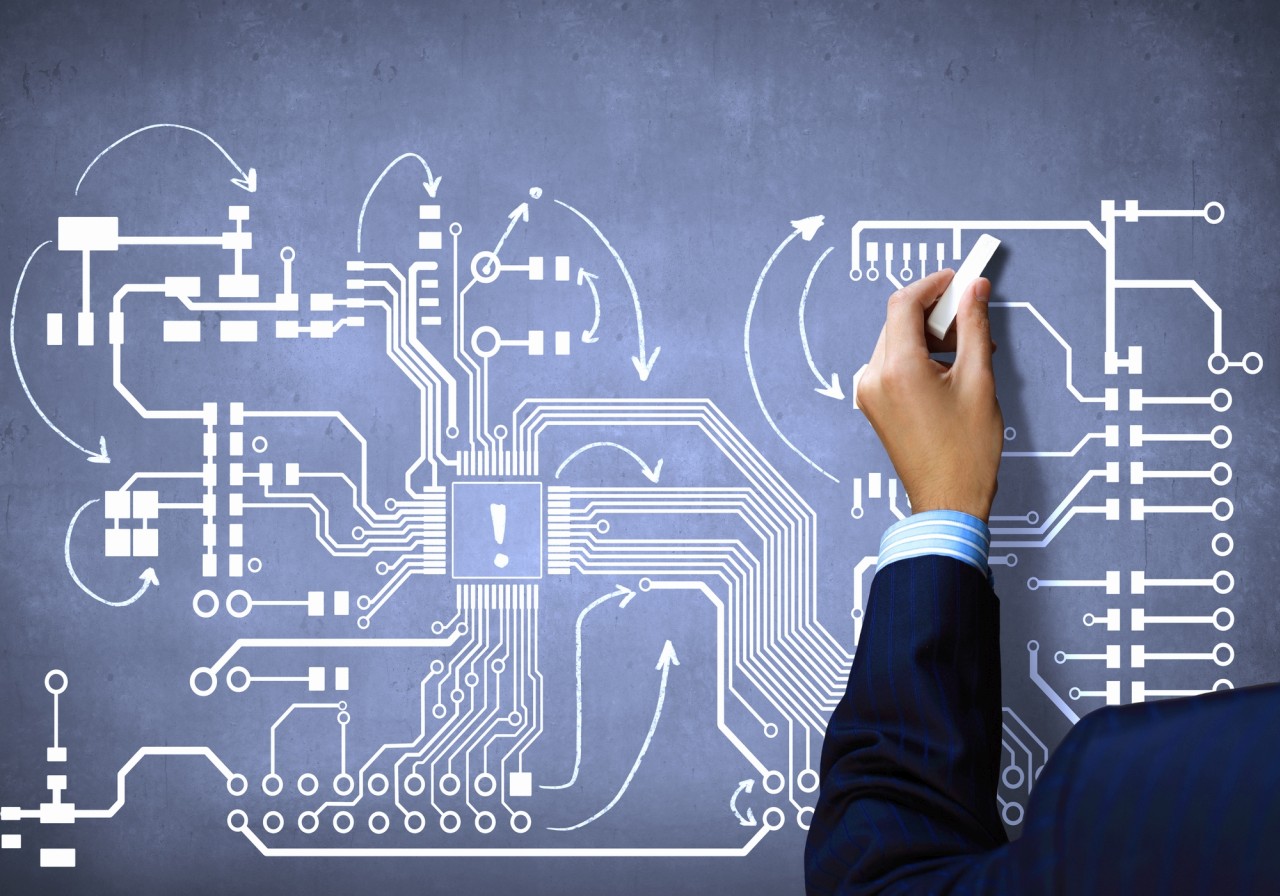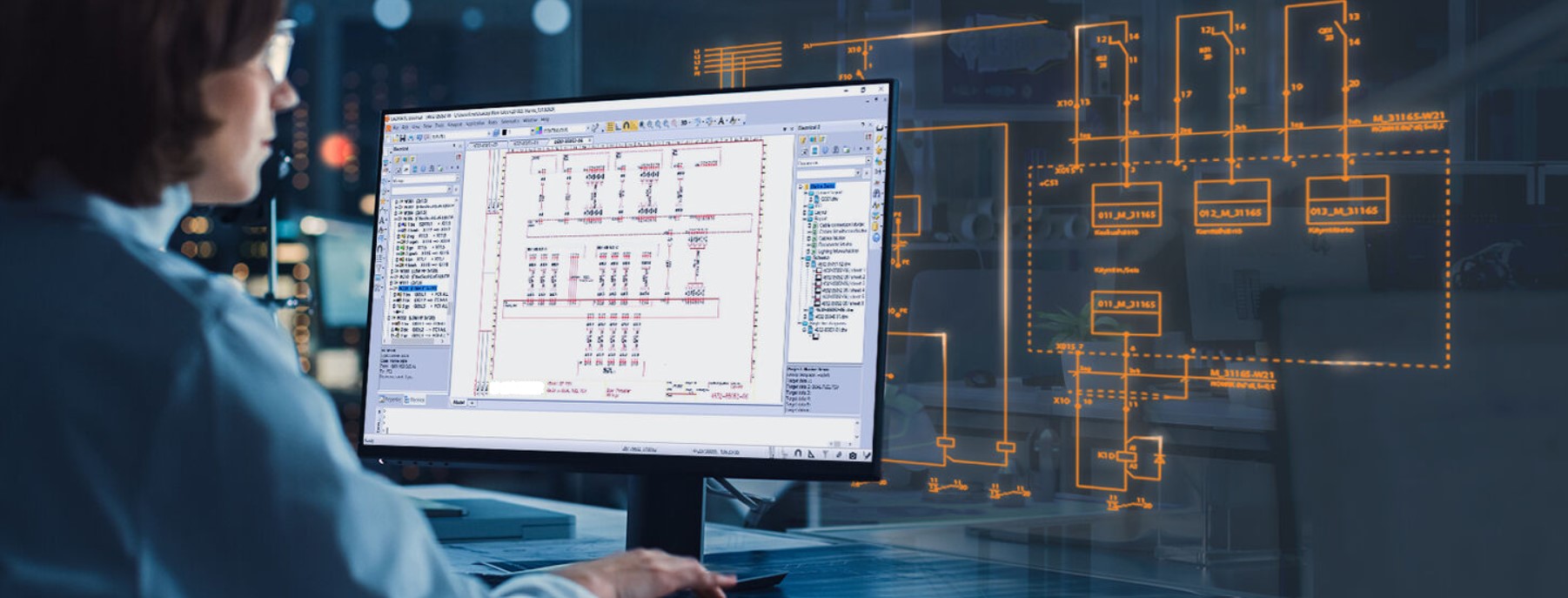Precise Electrical Load Calculation Services for Commercial and Industrial Buildings
Precise Electrical Load Calculation Services for Commercial and Industrial Buildings
Blog Article
Ingenious Electrical Design Providers for Modern Facilities
As urban atmospheres expand increasingly complex, incorporating innovations such as clever grids and renewable energy sources ends up being paramount. These advancements not just promise to enhance power usage yet likewise foster durability against future demands.
Relevance of Cutting-edge Electric Design
Innovative electrical design plays a vital duty in modern infrastructure, influencing not just performance but likewise sustainability. As cities develop and the demand for power rises, the need for sophisticated electric systems comes to be paramount. These systems have to not just fulfill current demands yet additionally expect future development and technological developments.
A well-executed electrical design can substantially decrease energy intake, consequently decreasing functional expenses and minimizing environmental impact. By incorporating eco-friendly power sources, such as photovoltaic panels and wind turbines, cutting-edge designs can boost power self-reliance and strength. Furthermore, clever grid innovations permit real-time tracking and management of energy circulation, enhancing efficiency and minimizing waste.
Safety and security is one more important aspect of electric design. Carrying out advanced modern technologies and extensive standards can mitigate risks connected with electrical failures, making sure a secure atmosphere for homeowners and organizations alike. Additionally, ingenious layouts assist in adaptability, enabling facilities to incorporate emerging innovations flawlessly.
Key Fads in Electrical Design
As the landscape of electric design remains to advance, several crucial trends are forming the future of the industry. One considerable trend is the integration of wise modern technology into electrical systems. The proliferation of the Web of Things (IoT) has allowed real-time tracking and control of electrical gadgets, improving efficiency and assisting in anticipating upkeep.
Another fad is the growing emphasis on modular design. This technique allows for scalable and versatile remedies, enabling facilities to adapt to changing requirements without comprehensive remodellings. Furthermore, the use of advanced simulation devices and Building Info Modeling (BIM) is ending up being increasingly widespread, enhancing the design procedure and improving partnership among stakeholders.
Furthermore, improvements in products scientific research are leading to the growth of lighter, extra long lasting, and energy-efficient components. This advancement is particularly crucial for high-performance structures and framework tasks.
Last but not least, there is a marked shift in the direction of data-driven decision-making - industrial electrical design. Leveraging data analytics helps developers enhance systems for performance and cost-effectiveness. Together, these patterns indicate a transformative age in electrical design, boosting capability, sustainability, and strength in contemporary infrastructure
Lasting Power Solutions
Sustainable power services are significantly ending up being a crucial focus in electric design, showing a broader dedication to environmental obligation and source effectiveness. These solutions intend to minimize ecological impact while maximizing power intake in various frameworks, from residential structures to huge commercial centers.
Among the leading approaches includes the assimilation of renewable resource resources, such as solar panels and wind generators, into electrical systems. This not just decreases dependence on fossil gas yet additionally enhances energy strength. Additionally, ingenious power storage systems, such as sophisticated batteries, make it possible for efficient administration and circulation of power, making sure that excess power generated during height manufacturing can be utilized during high demand durations.
Moreover, energy-efficient design methods are being taken on to boost overall system performance. This includes using energy-efficient lights, HVAC systems, and wise structure modern technologies that monitor and adapt energy usage based upon tenancy and ecological problems.
Smart Grid Technologies
The implementation of sustainable energy services naturally causes the expedition of wise grid modern technologies, which play a crucial duty in improving electric systems. Smart grids take advantage of progressed interaction technologies and information analytics to boost the integrity, performance, and sustainability of electrical power circulation. By incorporating electronic innovation with standard grid infrastructure, these systems help with real-time monitoring, automated control, and enhanced decision-making capacities.
One of the key attributes of smart grids is their ability to fit renewable resource resources, such as solar and wind power. This versatility not just minimizes reliance on fossil gas yet also permits a much more decentralized energy production version. Moreover, wise grids make it possible for need action programs, where consumers can readjust their power usage based upon real-time prices, thereby advertising power preservation and minimizing peak load needs.
In addition, clever grid innovations boost grid durability by enabling quicker recognition and resolution of Get More Information failures, inevitably reducing downtime. With anticipating upkeep and analytics, utilities can maximize operations and enhance service distribution. As cities and areas remain to progress, clever grid innovations are crucial for developing a lasting and efficient electric infrastructure that satisfies the needs of contemporary society.

Future-Proofing Infrastructure
To ensure lasting practicality and adaptability, future-proofing facilities is essential in the quickly evolving landscape of electric design services. As modern technology advancements and power needs change, it is essential that electric systems are developed with flexibility in mind. This entails including scalable solutions that can fit future upgrades without requiring substantial overhauls.

Furthermore, sustainability has to be a foundation of future-proofed designs. Using sustainable energy resources, such as solar and wind, and maximizing power efficiency minimize dependency on nonrenewable fuel Check Out Your URL sources, aligning with worldwide initiatives to fight environment modification.
Final Thought
Finally, innovative electric design solutions play a pivotal function fit modern-day facilities. By prioritizing efficiency, versatility, and sustainability, these services attend to the advancing demands of power systems. The integration of smart grid innovations and sustainable power services improves durability and minimizes operational costs. Future-proofing infrastructure through advanced simulation tools and modular techniques makes sure that electric systems stay responsive to altering requirements, inevitably adding to a much more energy-independent and sustainable future.
A well-executed electric design can significantly reduce power consumption, consequently lowering functional expenses and reducing ecological impact. By including sustainable energy resources, such as solar panels and wind turbines, cutting-edge styles can boost power self-reliance and strength. Additionally, cutting-edge energy storage space systems, such as innovative batteries, enable effective management and circulation of energy, ensuring that excess energy produced during height manufacturing can be utilized throughout high demand periods.
Clever grids make it possible for demand feedback programs, where consumers can readjust their energy usage based on real-time prices, thereby promoting power conservation and reducing peak lots demands. (electrical design services)
As innovation advances and power needs shift, it is important that electric systems are designed with flexibility in mind.
Report this page